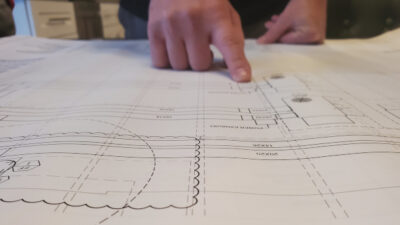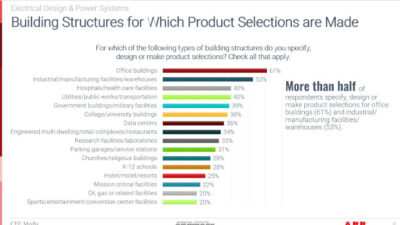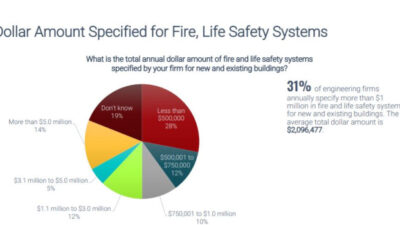As the home of four professional sports teams, the Staples Center in Los Angeles can experience up to 10 days each season where multiple events occur on a single day. Therefore, its 35-person crew needs to be able to change the venue from hockey to basketball in less than two hours...
As the home of four professional sports teams, the Staples Center in Los Angeles can experience up to 10 days each season where multiple events occur on a single day. Therefore, its 35-person crew needs to be able to change the venue from hockey to basketball in less than two hours, including installation or removal of extra seating.
The facility’s seating, concessions, lighting and sound systems were all designed to maximize a visitor’s experience. Not so obvious to the spectators, but just as important for their comfort, is the HVAC system. ‘Chill out’ in L.A.
M.E. Engineers/Hayakawa Associates of Los Angeles designed a system that includes low chilled-water and supply-air temperatures and features three high-efficiency 833-ton chillers using HCFC-123. Cooling towers for the units are based on an 82.5°F to 94.6°F range and operate on a 2.3 gpm/ton flow rate. This design improves overall system efficiency by reducing pump and fan power requirements over more traditional 3.0 gpm flow rates.
The centrifugal chillers deliver chilled water in the range of 40°F to 42°F to the air handlers for most arena events, and at 36°F for hockey games and ice rink shows. Lower chilled-water temperatures during rink events assures dehumidification to help maintain the surface quality of rink ice. With this low temperature water, supply air is delivered to the space at 40°F for ice rink events and at 45°F for others.
In addition to the centrifugal units, a 300-ton screw chiller is used when chilled-water demand is low, typically at times when the arena is not in use.
Air handlers, with 12-row chilled-water coils, are the main source of dehumidification of building air. Other types of air handlers supply restaurants, retail areas, locker rooms and office areas.
In addition to general seating areas, there are 160 luxury suites, each with variable-air-volume boxes and electric reheat and ventilation air provided by a dedicated duct system. Acoustical comfort
Guaranteeing the right climate is the major challenge for the HVAC system, but acoustical comfort is also a significant issue for HVAC designers. “We book a wide range of events, not just sports contests,” explains Bill Pottorff, the facility’s chief engineer. “It’s important that ambient sound be held as low as possible.”
In this respect, Pottorff says, the acoustical and comfort levels produced by the facility’s plant has exceeded all expectations.



